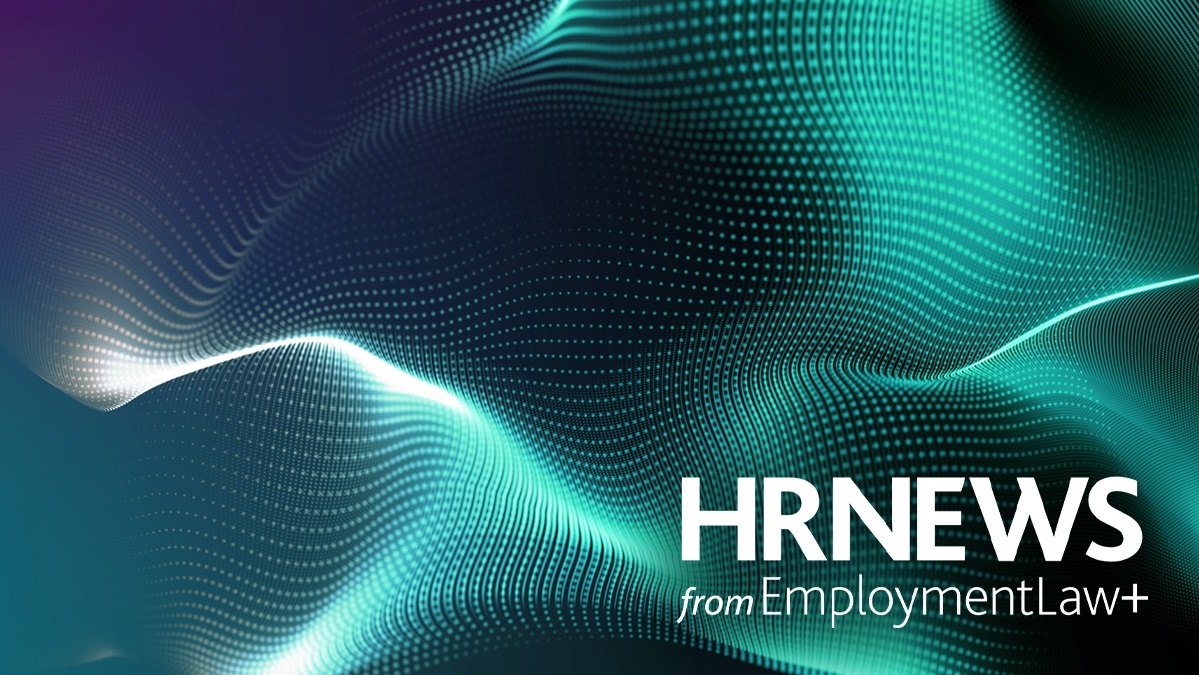HR teams are seeing a surge of AI-driven grievances landing on their desks – a noticeable uptick that’s hard to ignore. It’s a trend highlighted in the HR press which has flagged up a noticeable increase in the number of long, polished, highly structured complaints raised by employees. So what’s the problem with the AI-drafted complaint and how should HR respond to it? We’ll ask an employment lawyer who is advising clients on that issue.
What’s emerging is a marked shift in how workplace disputes first surface. Instead of the short, factual accounts HR typically receives, AI produces long, dense, confidently-written documents that can be difficult to unpick. And that matters, because the key to resolving disputes is early and effective intervention, but AI drafted grievances tend to pull things in the opposite direction, complicating the issues, raising the stakes, and changing the tone.
And the way AI approaches the drafting doesn’t help. The usual starting point for HR is understanding the core complaint: what’s happened, who’s involved, and what outcome the employee is looking for. But AI tools don’t think that way. They generate long narratives, often with a legal or quasi-legal framing, that can obscure the real issue rather than distil it. That creates several knock-on effects.
First, early resolution becomes harder. AI tends to amplify tone, escalate language, and frame events as more adversarial than the employee may actually feel. That can shut down opportunities for informal conversations, the very conversations that often stop conflicts from escalating.
Second, AI introduces unwanted noise. HR teams can find themselves wading through pages of text, repeated arguments, and references to legal principles or statutes that may not exist. So instead of speeding up the process, AI often slows it down by creating an extra layer for HR to filter out before even beginning an investigation.
And then there’s the expectations issue. AI sometimes gives users overly confident predictions about their legal position, and employees can take those at face value. That can make it harder for HR to steer the conversation back to the practical reality of workplace processes and what can actually be achieved.
Then there’s the question of process. Even if the grievance has been created with AI, the employer’s obligations don’t change. The Acas Code still applies, the investigation still needs to be fair, and HR still has to ensure a proper record of what has been considered. But the practical challenge is avoiding being pulled into lengthy point-by-point written exchanges that simply generate more AI-produced material.
So let’s get a view on this. Laura Kennedy is one of the lawyers in our Glasgow office and earlier she joined me by phone to discuss it. So are there steps employers can take to help prevent AI grievances arising in the first place?
Laura Kennedy: “Yes, I do think that there are steps employers can take to try and avoid reaching the place where employees are taking to AI to help articulate their grievances and I think a lot of it is on informal resolution, encouraging an openness, making it safe for employees to feel that they're able to do so, that they don't need AI to help them talk to you, that they're able to speak to their managers, or their manager’s manager, or HR, and I think that policies can support that by emphasising that these are the routes to take. The other thing is, and again, as with a lot of these employee issues, it comes back to line managers as well in spotting these issues early and trying to resolve them before they do escalate.”
Joe Glavina: “If an AI-drafted grievance does land on HR’s desk, what’s the first step in dealing with it?”
Laura Kennedy: “Well, inevitably, they're going to read it. It's going to be lengthy but I think they have to do their best to try and wade through what could be AI padding, so to speak, and to really see what is this about? Is it a performance issue? Is it a complaint about bullying? Just try and get to what they think are the issues and not be intimidated by it. There could be lots of references to legal issues and legal complaints and, again, it's about noting what we discussed earlier which is about the fact that these might not actually be accurate and remembering that this is about an employee raising concerns. So it's about focusing on those and then getting a meeting in with the employee to discuss that and agree that set of issues to take forward.”
Joe Glavina: “If the grievance has been drafted by AI and we’re saying it’s long and complicated then why not simply cut and paste it back into AI and ask AI to unravel it?”
Laura Kennedy: “Well, I think if the employer then resorts to AI, we're just going to have a battle of the AI responses. We're just going to get responses back and forth and we're never really going to get to what is the crux of the issue. The grievance process is about communication – that is the absolute crux of it – and so I think the best thing is to try and move away from written responses where possible and have those face-to-face discussions, or discussions over the phone, depending on how you're doing the grievance, and getting the employee to use their own words where possible, but equally, then the same applies to the employer - use your own words. That just shows that actually it's been given thought, consideration, and is potentially more genuine to the employee listening to that.”
Joe Glavina: “What’s your message to HR professionals watching this, Laura? What’s your advice to them?”
Laura Kennedy: “I think it is helpful to recognize where AI may have been used because I think it does influence the mindset, and to some extent, influence how you approach it. I think it's also important not to get caught up with the fact that the employee has used AI, and I have heard that, you know, they have used AI. Well, actually, it's a tool that we're all, or many of us, are using in the workplace, we are using it to help us, and so I wouldn't say get too caught up in that fact. It’s there to be used, just like the internet, but we just need to then navigate it, and then we need to bring it back to what we're trying to ascertain which are the key issues and just distil them down. But the fundamentals remain the same as set out in the Acas Code. It's about following a fair procedure, gathering the evidence, considering all the information, and then reaching a resolution and just remembering that the basic principles still apply.”
People Management has produced two article recently on this subject which you might like to read. They are: ‘Rising number of workers turn to AI to draft grievances, lawyers warn,’ and ‘How to survive the new world of AI-assisted conflict.’ We’ve included links to both of them in the transcript of this programme for you.
- Link to People Management article: ‘Rising number of workers turn to AI to draft grievances, lawyers warn’
- Link to People Management article: ‘How to survive the new world of AI-assisted conflict’
AI-driven grievances require ‘human centred’ response from UK firms
27 Nov 2025, 9:27 am
Laura Kennedy tells HRNews how HR professionals should respond to AI-generated grievances received from employees.

-
Transcript
Latest News
Editor's Pick
Out-Law News
27 Nov 2025


